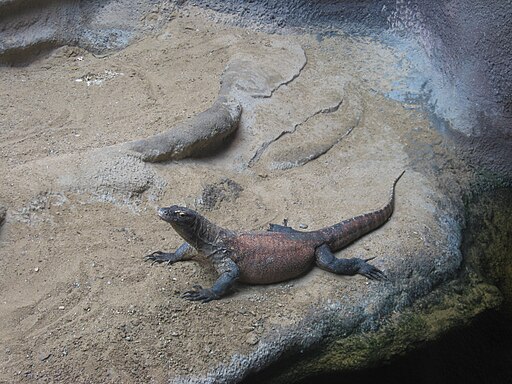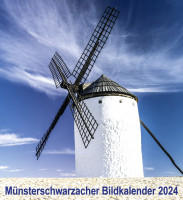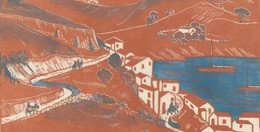speaking through a mask
I am writing on the wall
in lurid colours
painting mouthless faces
naming faceless fears
the hydra of the mutating germ
the wheel of the rotating power
filling the space by the street
with the sunflower yellow of hope
one day it will be overwritten
by times to come and poets to come
Christina Egan ©2021
masked ball (2021)
faces half brown half bluish
faces half white half scarlet
eyes half compassion half suspicion
eyes half hope half fear
muffled by makeshift masks
we pass each other in haste
in the high road in the car park
at the chemist’s in the churchyard
we step left we step right
or we turn our backs
in a staccato dance
a bizarre masked ball
two layers of paper
between us and a fog of fatigue
two layers of cotton
between us and a grip round the throat
half-masked half-hidden at last
from the hidden bulging eyes
from the sleepless blinking brains
of total control
we scurry off or stride off
into the maze of lanes
where even the action men
on the walls wear masks
faces half brown half bluish
faces half white half scarlet
we are mutating towards
a stronger strain of humankind
Christina Egan ©2021
The poem speaking through a mask was inspired by photographs in the Tottenham Community Press and published by the same newspaper in TCP Issue 43, February 2021. It continues as the Haringey Community Press.
Tottenham is full of art in in very bright colours: graffiti on walls, mosaics on houses, paintings on roll-shutters of shops…
The fear expressed in these lines is of the malicious pandemic as well as of total surveillance. The masks gave us a chance to protect us from both to an extent.
I had great hopes that the pandemic would change our society to become more local, sustainable, authentic, co-operative, considerate… more healthy in every respect.
Sadly, only some positive outcomes have persisted against the pressure of ever more exploitation, exhaustion, pollution, production, consumption, and waste.
Image: Red camera eye of HAL 9000 (from ‘2001: A Space Odyssey’).
Julian Mendez, CC BY-SA 3.0, via Wikimedia Commons.






